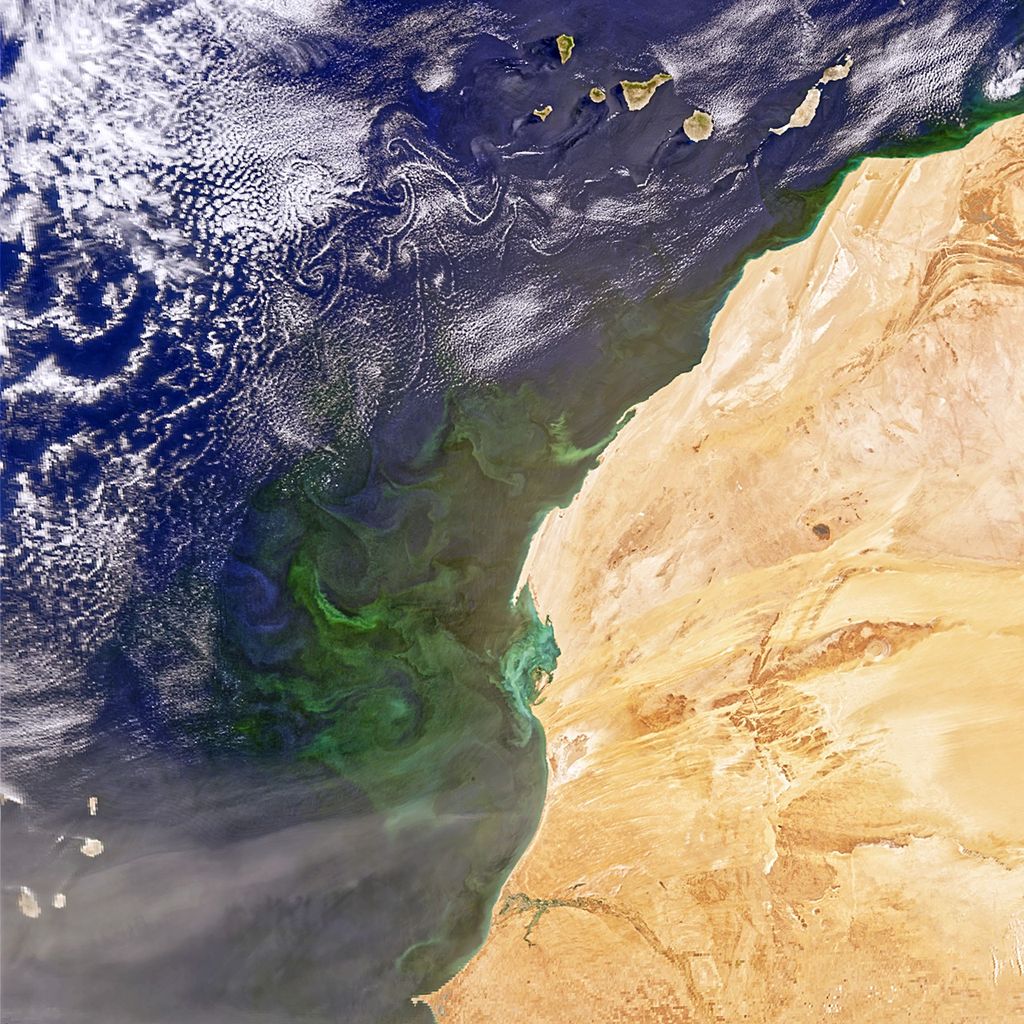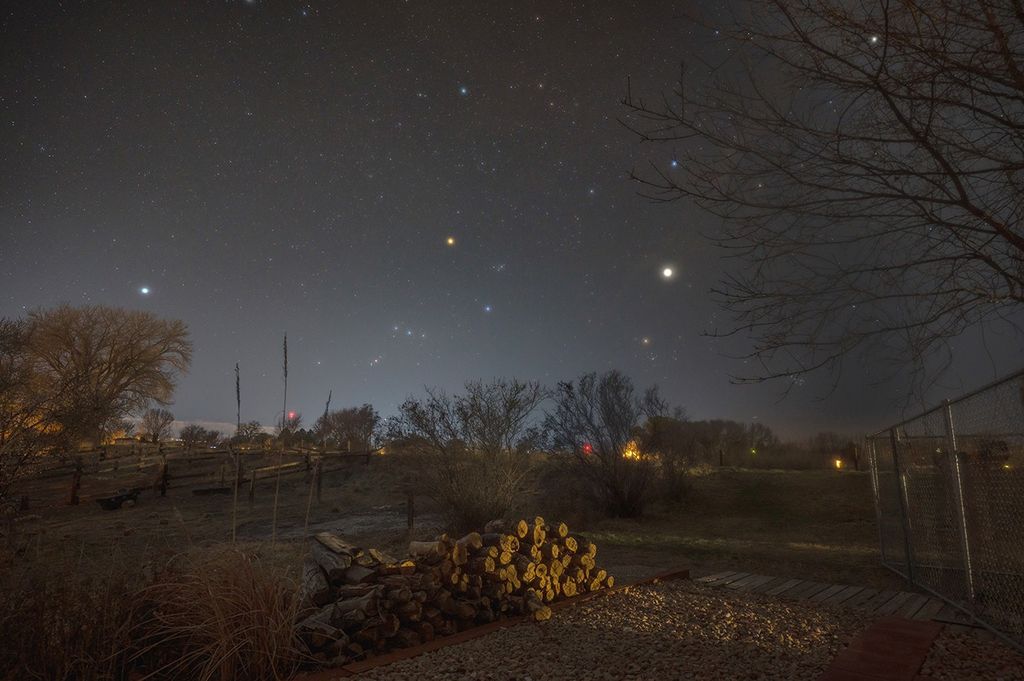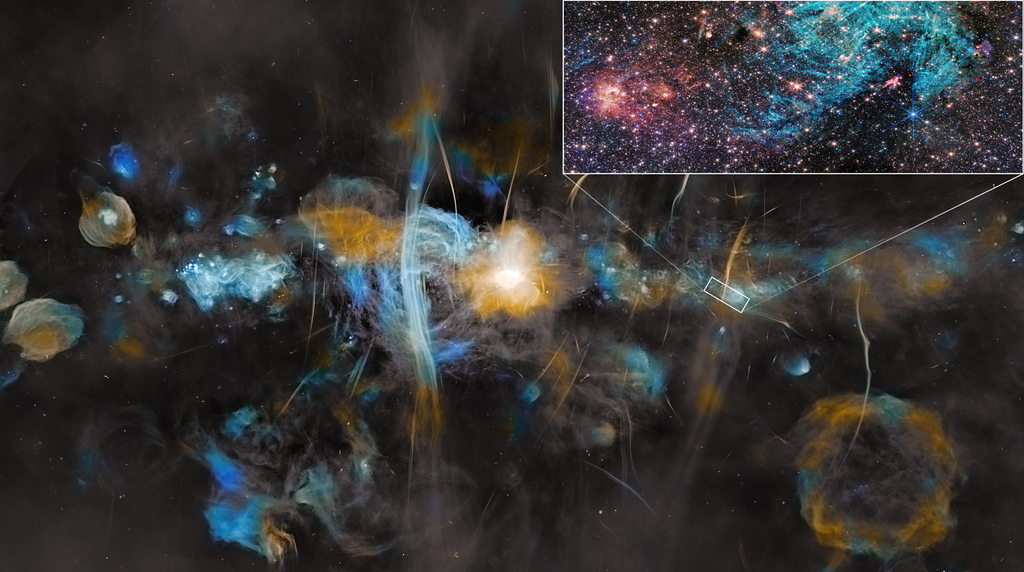Flow Boiling and Condensation Experiment (FBCE)
Science Objective
Flow Boiling and Condensation Experiment (FBCE) seeks to validate a model for flow boiling critical heat flux (CHF) and develop an integrated two-phase flow boiling and condensation facility for the International Space Station. Data from microgravity and the ground are compared to determine the influence of various forces and processes needed for gravity-independent flow boiling and condensation. Results could support development of boilers and heat exchangers that work in both microgravity and partial gravity.
Status
Delivery of its Condensation for Module Heat Transfer (CM-HT) investigation arrived to the International Space Station via Northrop Grumman Commercial Resupply Service Mission-19 (NG-19).
Description
The goals of the Flow Boiling and Condensation Experiment (FBCE) are to:
- Develop an experimentally validated, mechanistic model for microgravity flow boiling critical heat flux (CHF), and dimensionless criteria, to predict the minimum flow velocity required to ensure gravity-independent CHF.
- Develop experimentally validated, mechanistic model for microgravity annular condensation, and dimensionless criteria, to predict minimum flow velocity required to ensure gravity-independent annular condensation and develop correlations for other condensation regimes in microgravity.
- Obtain flow boiling data (heat flux, flow visualization, and the wall temperature difference) in long duration microgravity environments for a well characterized heating surface as functions of liquid inlet mass velocity and subcooling.
- Obtain flow condensation data (heat flux, flow visualization, and the wall temperature difference) in long duration microgravity environments for a well-characterized condensing surface as functions of inlet quality and flow rate of condensing vapor.
Space Applications
Results from this investigation could support improvements to a number of important systems on spacecraft, including thermal control systems, thermal management in space vehicles and planetary habitats (including components for cooling scientific experiments and food), heat pumps for humidity control of crew cabins and habitats, and storage and transfer of cryogenic liquid propellants. The investigation supports development of criteria to ensure these systems can operate independent from gravity conditions.
Earth Applications
This research seeks to define optimum gravity-independent regimes for boiler operation. These regimes could increase the life of boilers operating in Earth’s gravity as well.

















/quantum_physics_bose_einstein_condensate.jpg?w=1024)















